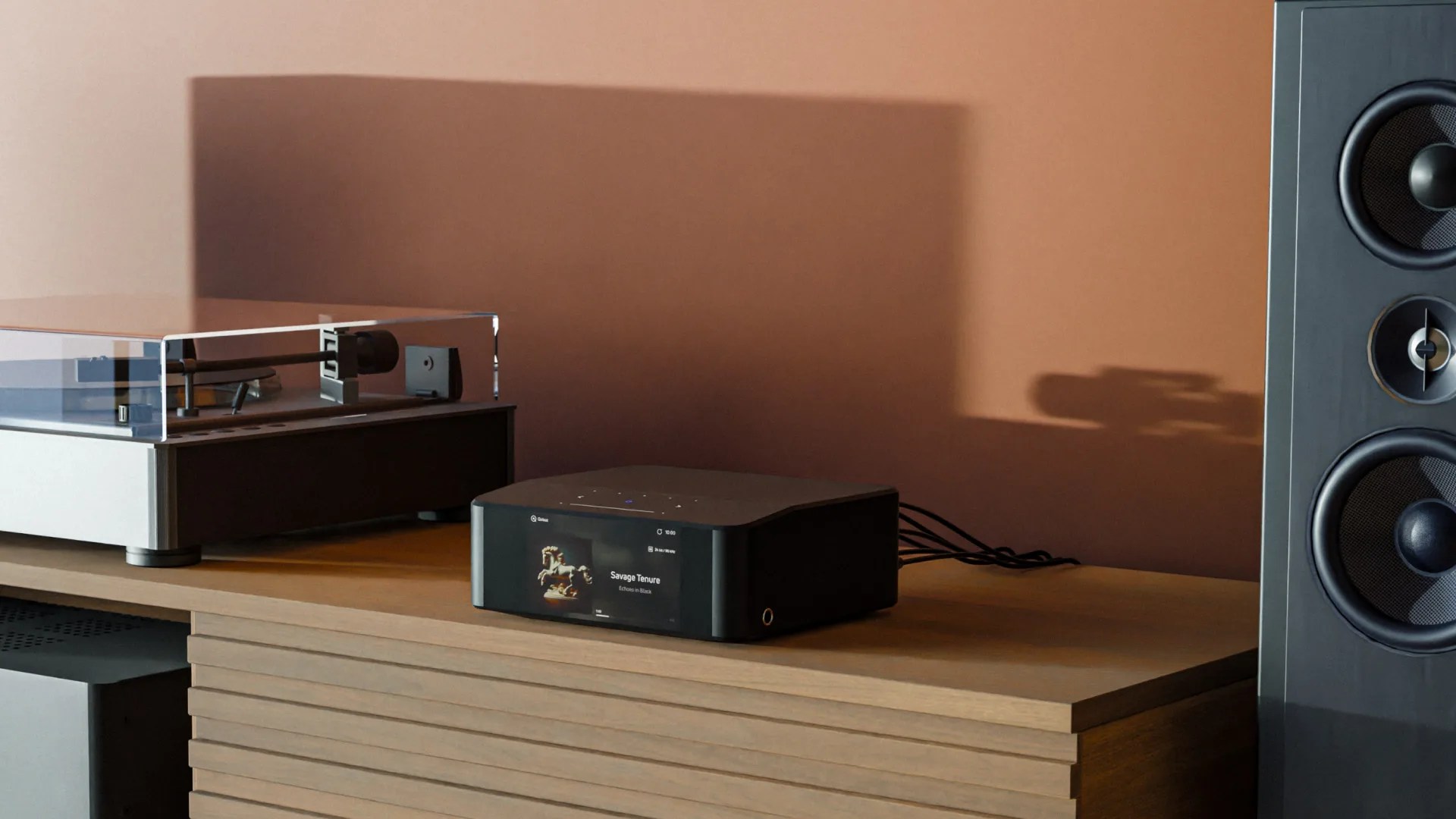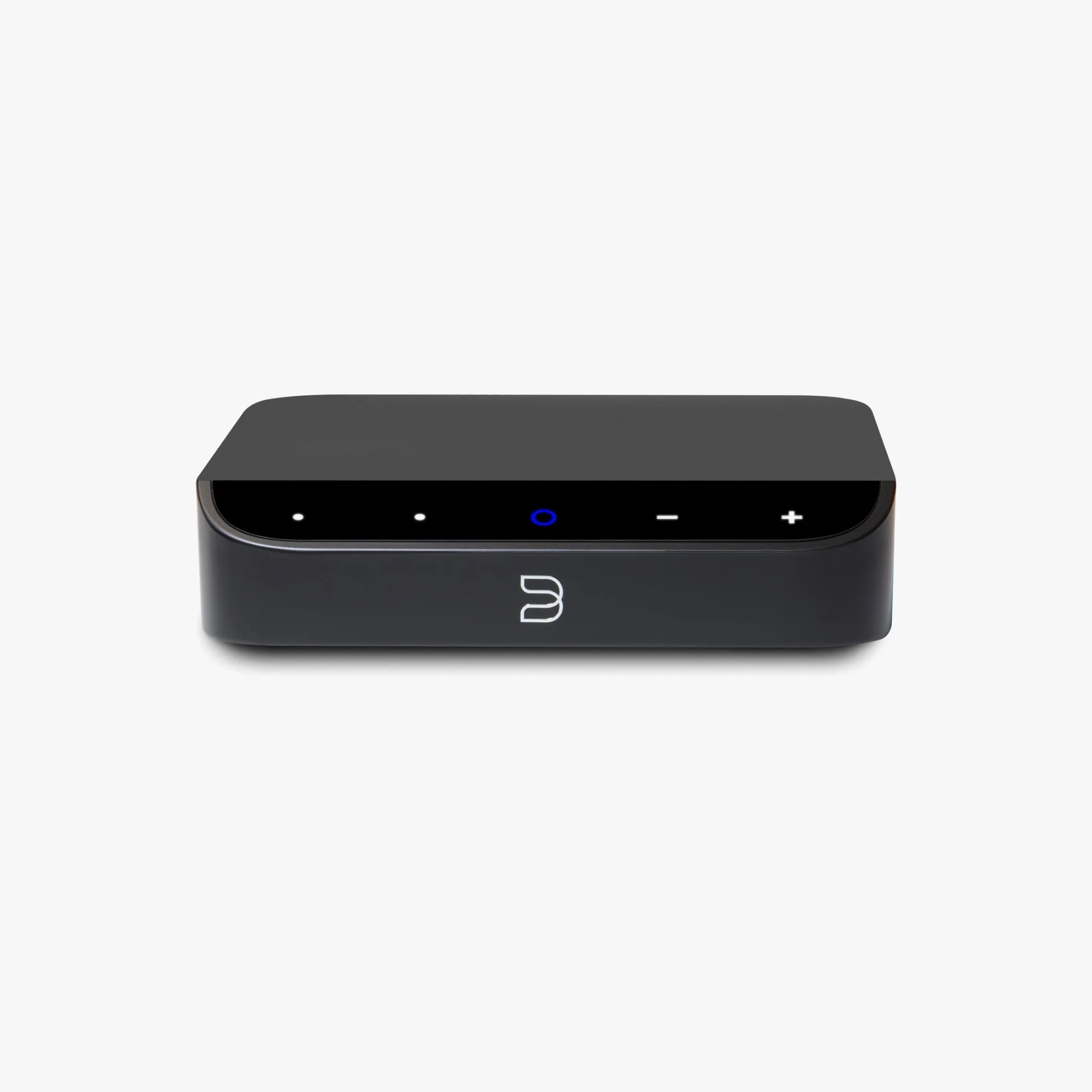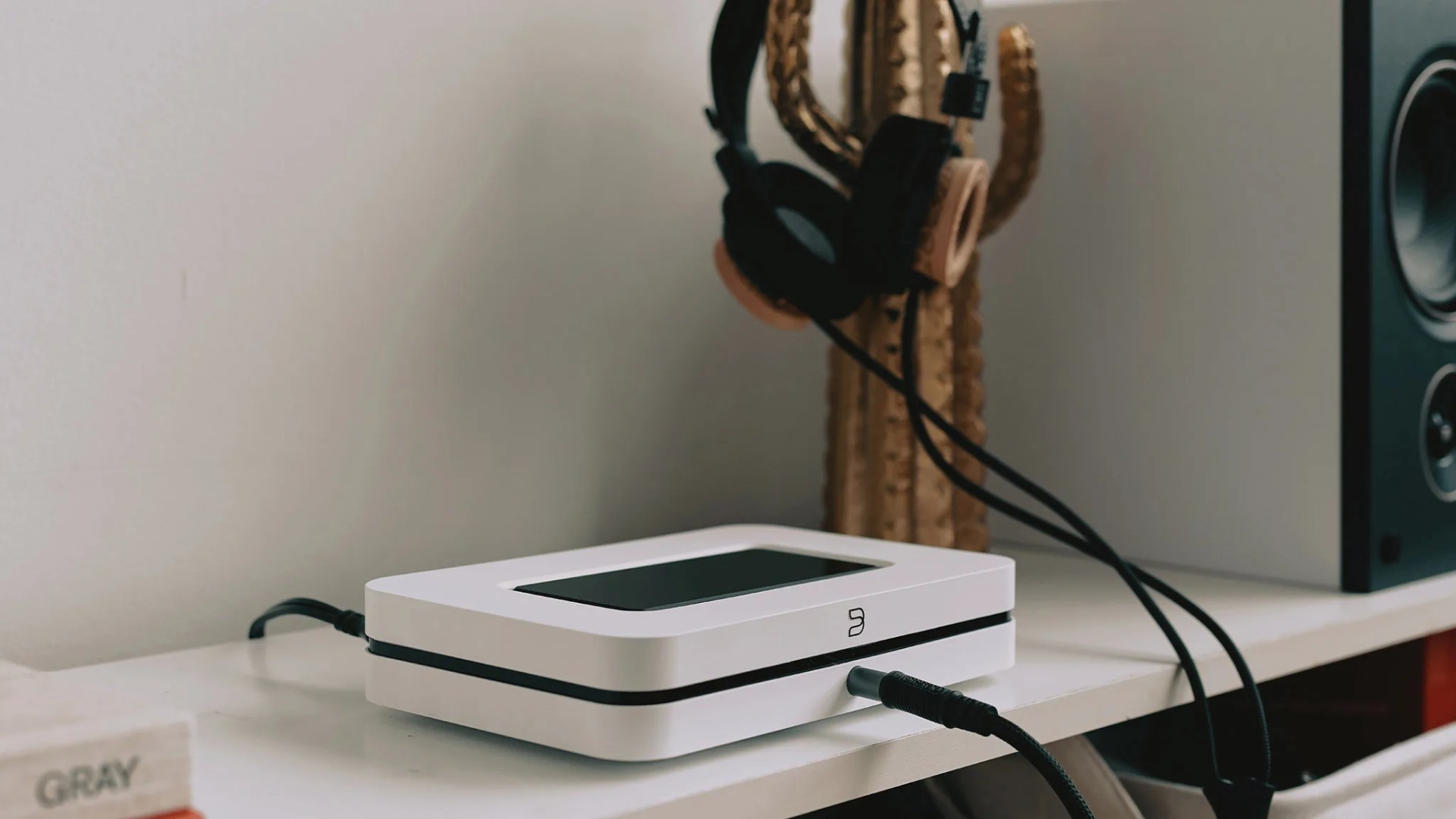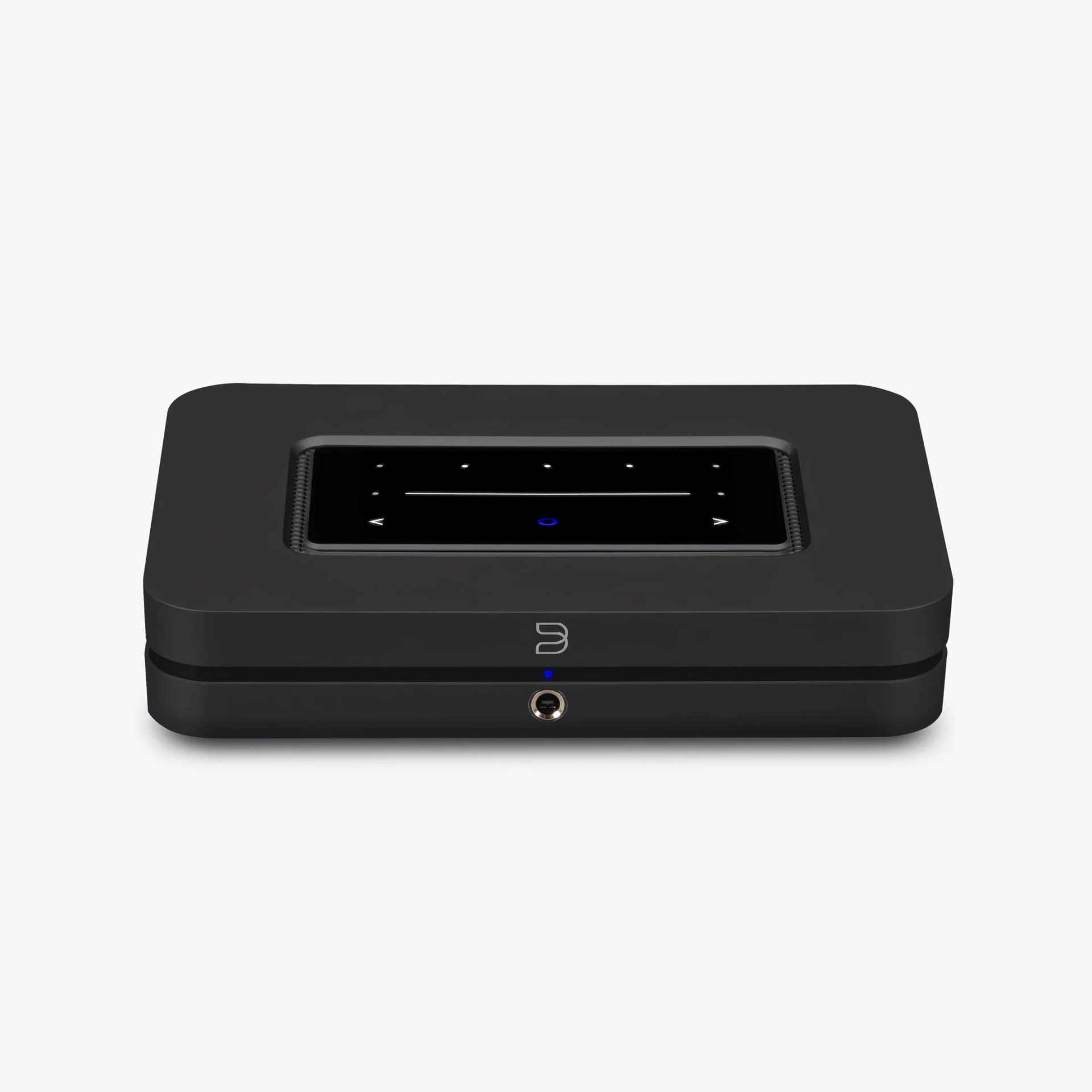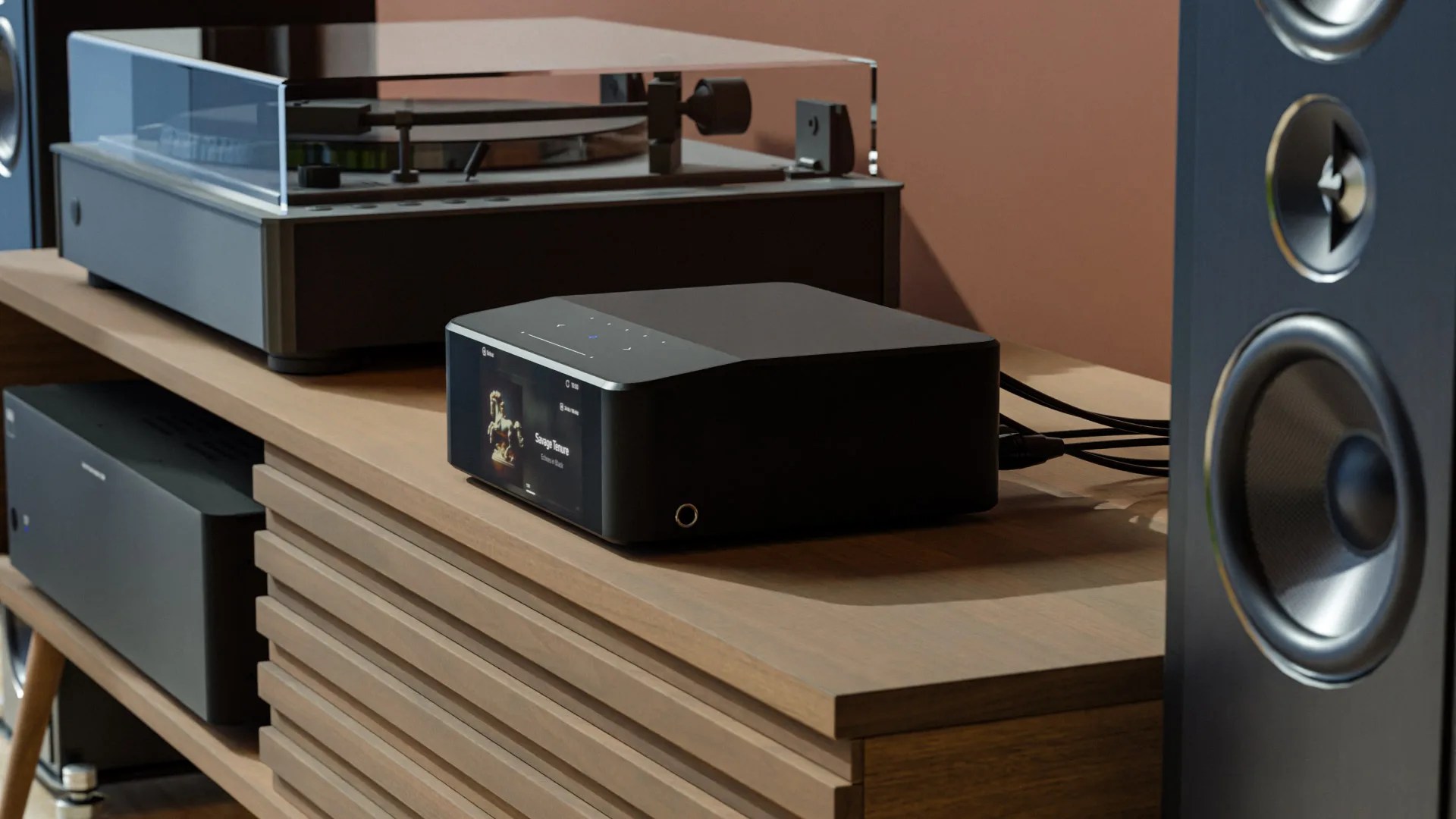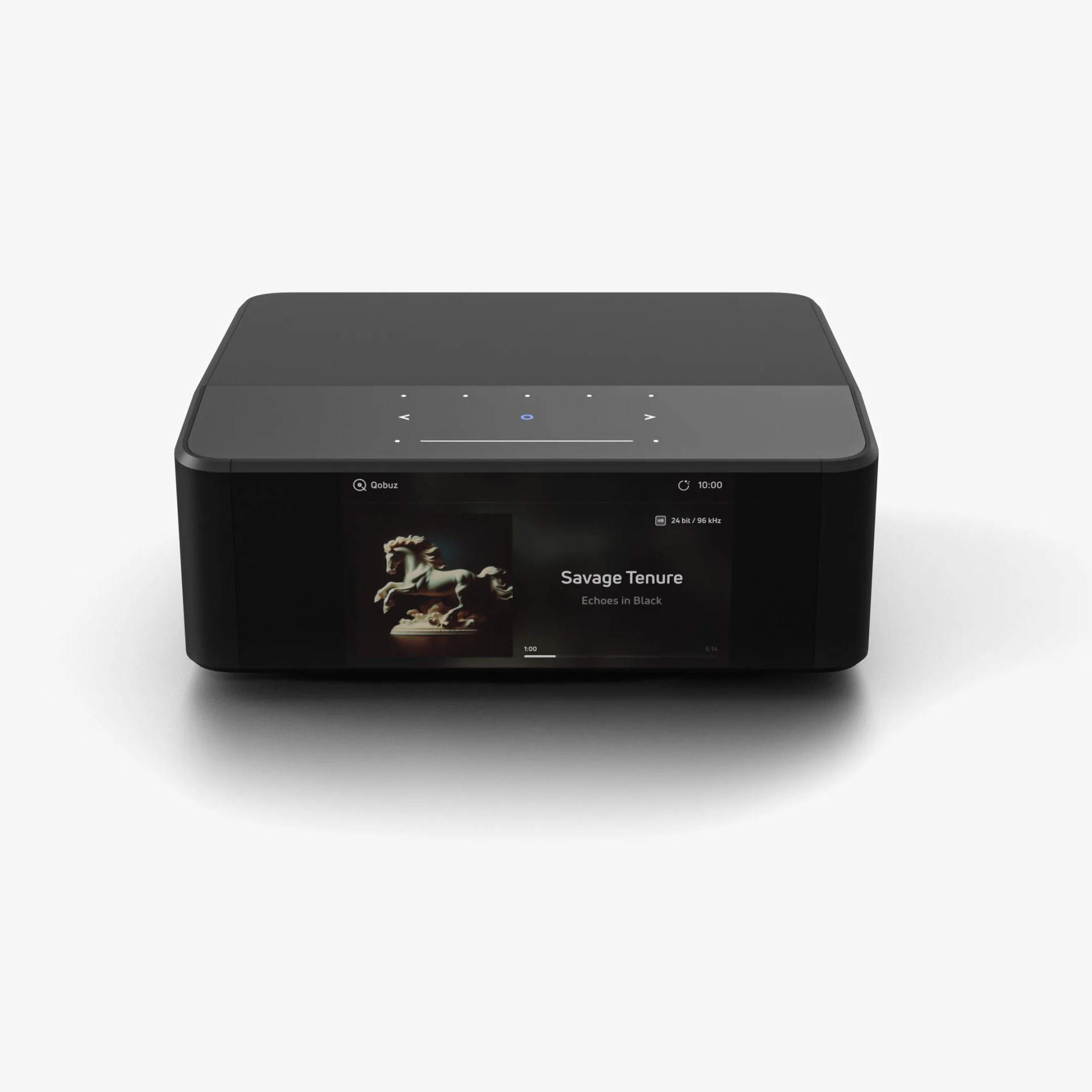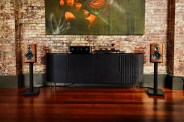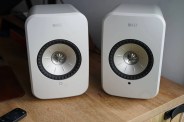Bluesound is one of Sonos’s biggest rivals in the multi-room audio space. It has an expansive lineup of wireless speakers, soundbars and other hi-fi components, all of which can be connected via Wi-Fi and grouped together so they play in the same multi-room sound system.
While Sonos is undoubtedly the more recognizable name, Bluesound has carved out a hi-fi niche within multi-room audio. Its wireless streamers and streaming amplifiers, specifically, offer more flexibility and even high-resolution streaming capabilities than Sonos’s Port or Amp.
This week, the audio maker is doubling down on hi-fi streaming components with the launch of three new Node music streamers. All are designed to bring modern, high-fidelity streaming capabilities to older stereo or powered speaker systems.
While Bluesound’s Node wireless streamer has been super popular with audiophiles for years — and now it’s being upgraded — the company is launching entry-level and reference-quality models, in the Node Nano and Node Icon, for the first time.
Depending on your preferences or budget, Bluesound will soon offer a wireless streamer to meet your needs.
An entry-level streamer
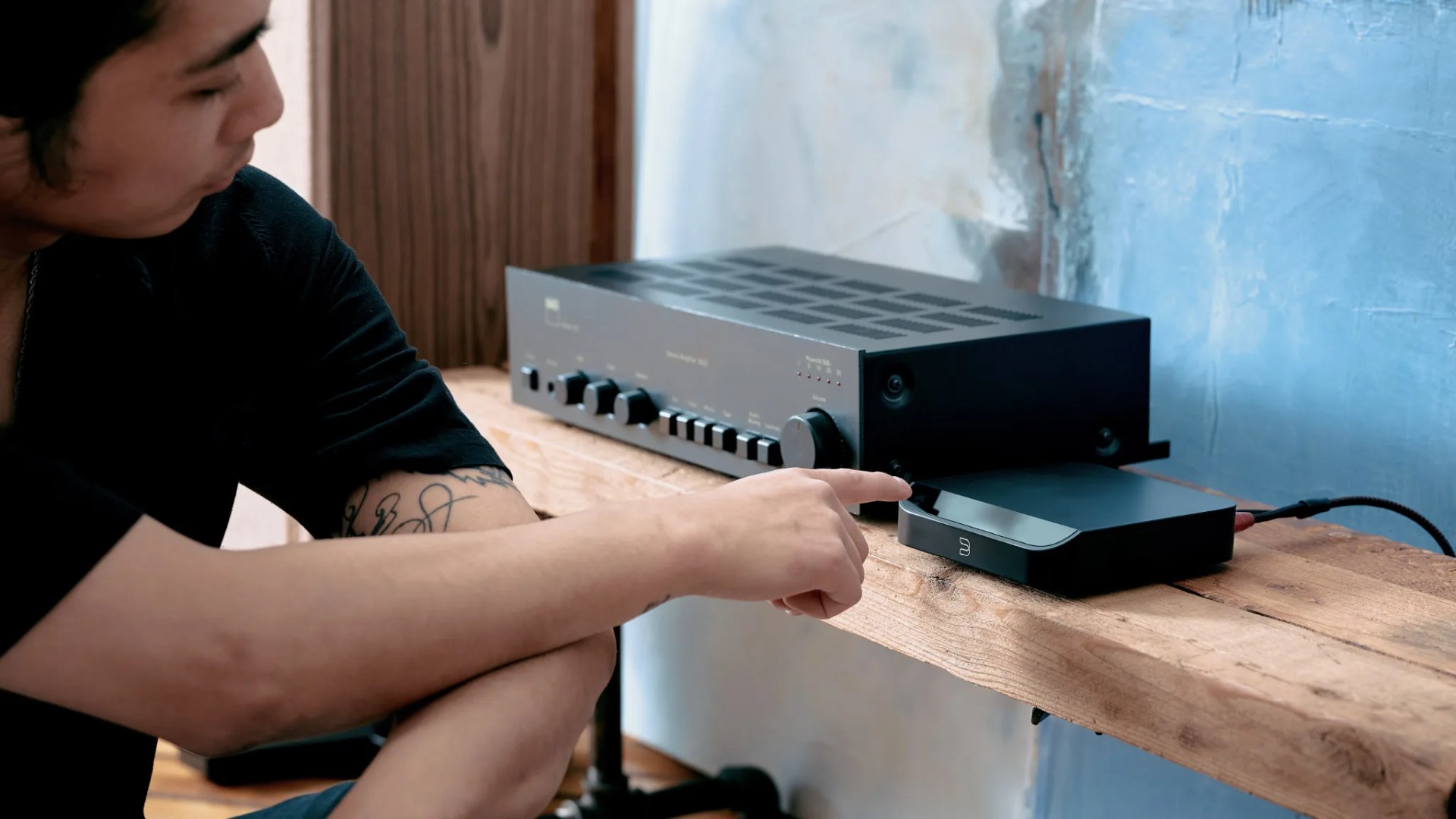
Bluesound’s Node Nano is its most entry-level wireless streamer and works very similar to the company’s higher-end wireless streamers. It features a built-in ESS Sabre DAC, runs on the same BluOS platform, and supports hi-fi streaming up to 24-bit/192kHz.
